Malawi, often referred to as the “Warm Heart of Africa,” is one of the continent’s hidden gems for wildlife lovers. Despite being smaller and less known for wildlife than some of its neighboring countries, Malawi boasts stunning national parks, vibrant wildlife, and significant conservation efforts that make it a unique destination for safaris and eco-tourism.
In this blog, we’ll explore some of the best places to experience Malawi’s wildlife, from vast game reserves to innovative conservation projects that are preserving the country’s natural heritage.
Table of Contents
1. Liwonde National Park
Liwonde National Park is perhaps Malawi’s most famous wildlife destination. Nestled along the banks of the Shire River, this park is home to a wide range of animals, including elephants, hippos, and an ever-growing population of black rhinos. One of the highlights of visiting Liwonde is the opportunity to enjoy boat safaris on the Shire River, where you can see hippos lounging in the water and crocodiles sunbathing on the banks.
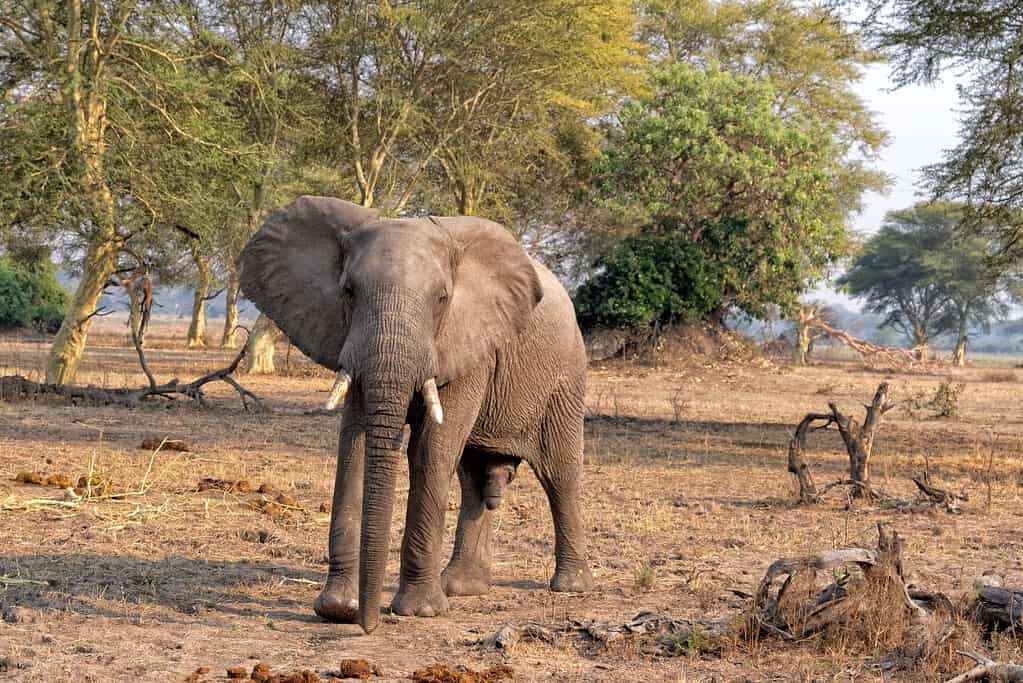
Thanks to conservation efforts spearheaded by organizations like African Parks, the park has undergone a significant transformation. Elephants and rhinos were reintroduced, and ongoing anti-poaching measures have contributed to a rebound in wildlife numbers. If you’re looking for a diverse wildlife experience with breathtaking scenery, Liwonde National Park should be at the top of your list.
2. Majete Wildlife Reserve
Majete Wildlife Reserve is one of Malawi’s greatest conservation success stories. Located in the southern part of the country, it was once nearly devoid of wildlife due to heavy poaching. However, in the early 2000s, African Parks took over management and introduced a successful rewilding program. Today, Majete is the only park in Malawi where visitors can see the “Big Five” (lion, leopard, elephant, buffalo, and rhino).
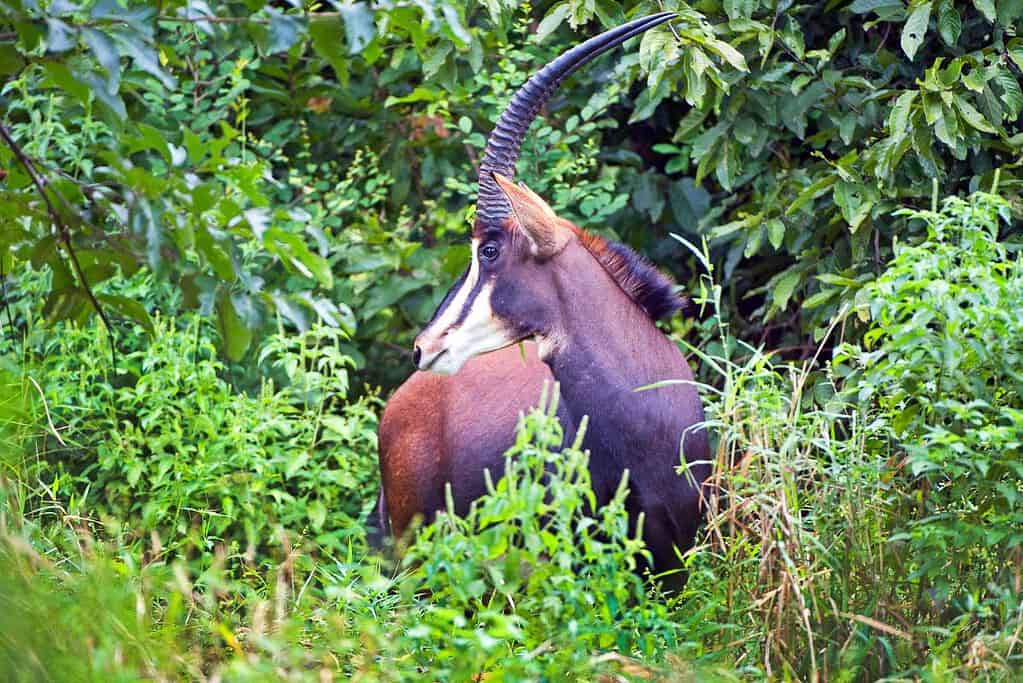
The conservation efforts here are outstanding, with a strong focus on community engagement and education to reduce poaching and human-wildlife conflict. Visitors to Majete can enjoy game drives, walking safaris, and boat trips on the Shire River, with opportunities to spot a wide range of animals in their natural habitat.
3. Nyika National Park
If you’re seeking a safari experience that’s a little off the beaten path, Nyika National Park offers a unique adventure. Situated in Malawi’s northern highlands, Nyika is Malawi’s largest national park, spanning a vast plateau with rolling hills and grasslands. The landscape here is quite different from the savannahs of southern Africa, offering a refreshing change of scenery.
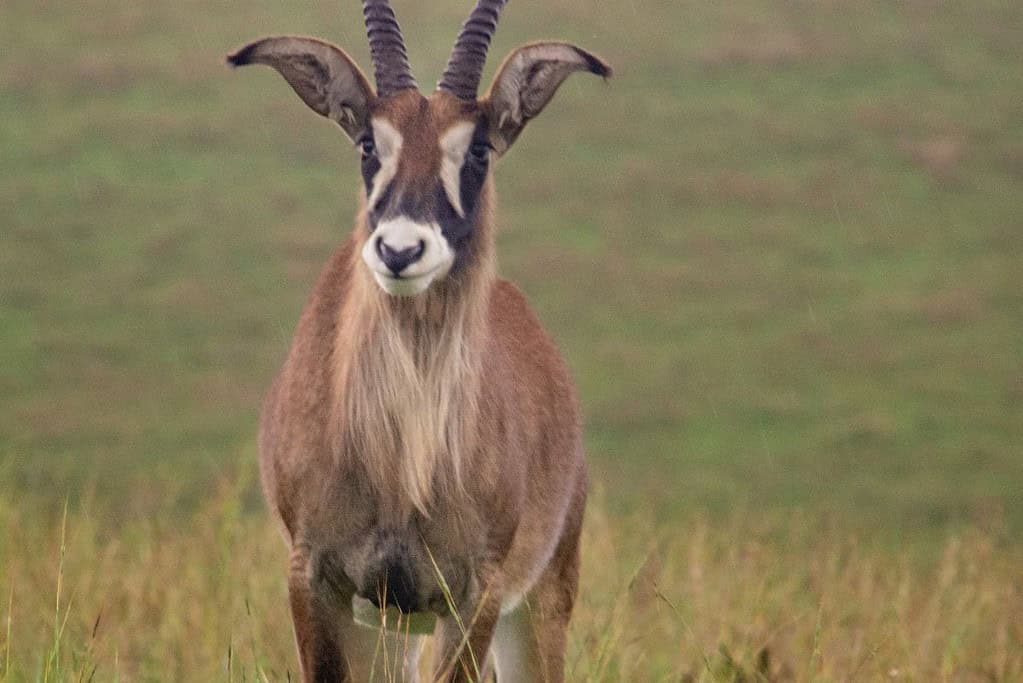
Nyika is known for its rich biodiversity, with herds of antelope, including roan and eland, roaming the grasslands. It’s also one of the best places in Malawi to spot leopards. The park is home to a variety of bird species, making it a paradise for bird watchers. Its cooler climate, due to the elevation, also adds to the charm of the experience.
Conservation efforts in Nyika are focused on protecting its unique biodiversity and promoting sustainable tourism. The remoteness of the park makes it an ideal destination for nature lovers who want to experience wildlife without the crowds.
4. Vwaza Marsh Wildlife Reserve
Vwaza Marsh Wildlife Reserve is a relatively lesser-known destination but one that offers an authentic and uncrowded safari experience. Located near the Zambian border, this reserve is a mix of wetlands and miombo woodland, making it an ideal habitat for a wide range of wildlife, including elephants, buffaloes, and hippos.
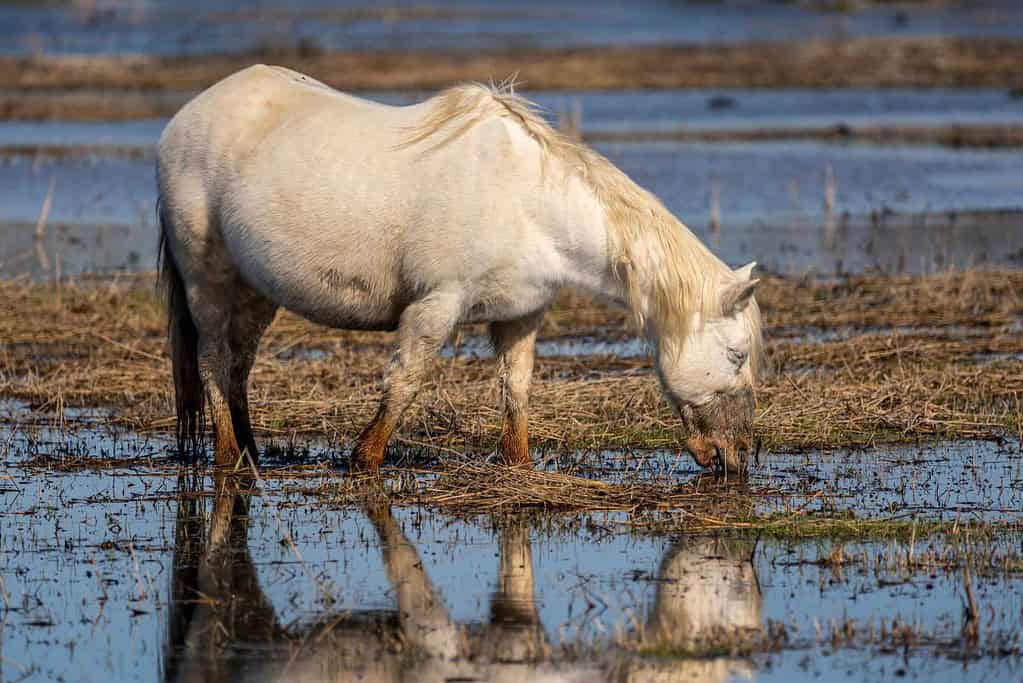
Birdlife is particularly rich in Vwaza Marsh, with species like storks, herons, and the endangered wattled crane often seen. Walking safaris in this area provide a more intimate experience, allowing visitors to get closer to nature.
While conservation efforts in Vwaza are still in their early stages compared to parks like Majete and Liwonde, the reserve remains a critical area for wildlife preservation, and there are ongoing efforts to protect its fragile ecosystem.
5. Kasungu National Park
Kasungu National Park, located in the central part of Malawi near the Zambian border, is another excellent destination for wildlife enthusiasts. Although it has been impacted by poaching in the past, recent efforts to rejuvenate the park have brought a resurgence in wildlife populations. Kasungu is home to elephants, buffalo, zebras, and a variety of antelope species.
While it may not have the same density of wildlife as some other parks in Malawi, its vast landscapes and peaceful environment make it ideal for visitors seeking a quieter and more immersive experience. There is also a focus on community involvement in conservation initiatives here, providing local populations with incentives to protect the park’s wildlife.
6. Nkhotakota Wildlife Reserve
Nkhotakota Wildlife Reserve is another significant conservation success in Malawi. Once heavily poached, Nkhotakota has seen a remarkable turnaround thanks to the efforts of African Parks, who have reintroduced over 500 elephants and a variety of other species to the reserve.
The reserve’s diverse landscape includes miombo woodlands, rivers, and waterfalls, offering a scenic backdrop for wildlife viewing. Visitors can experience the reserve through guided game drives or canoe safaris along the Bua River, where they can encounter elephants, buffalo, and a wide range of bird species. The conservation efforts at Nkhotakota focus not only on rewilding the area but also on involving local communities in eco-tourism and conservation work.
7. Lake Malawi National Park
While Malawi’s national parks are often associated with traditional game viewing, Lake Malawi National Park offers a completely different wildlife experience. This UNESCO World Heritage Site is home to the highest number of freshwater fish species in the world, including the vibrant cichlids that are endemic to the lake.
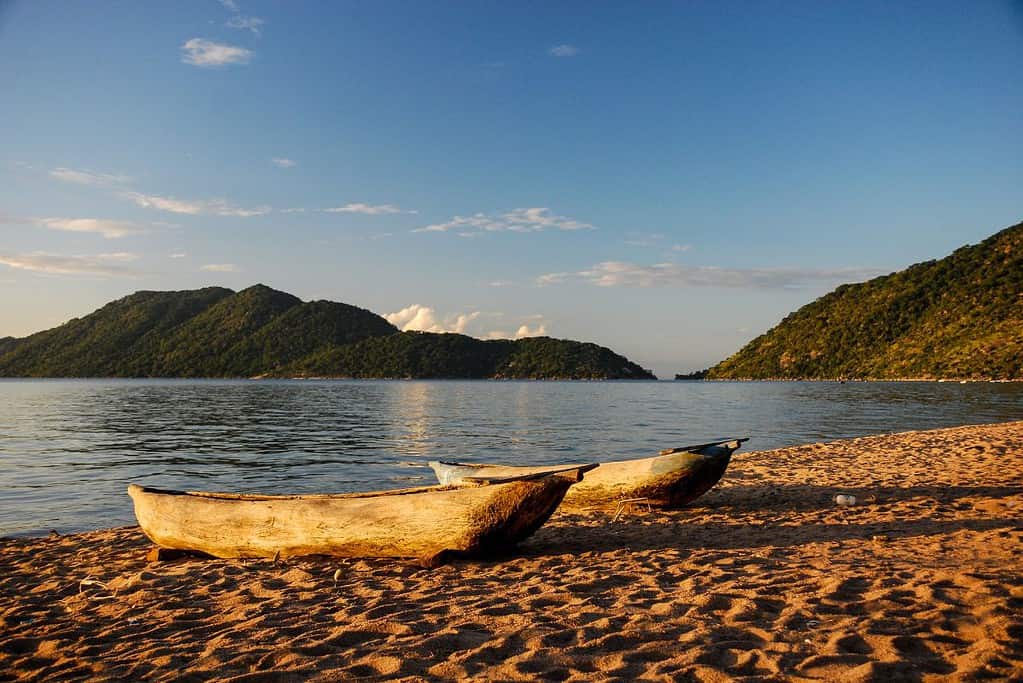
Snorkeling and diving in Lake Malawi allow visitors to observe these colorful fish in their natural habitat, making it an ideal destination for wildlife enthusiasts with a passion for marine life. The park also supports conservation projects aimed at protecting the lake’s unique biodiversity and promoting sustainable fishing practices to ensure the health of the lake’s ecosystem.
8. Conservation Efforts and Community Involvement
Malawi’s wildlife is under constant threat from poaching, habitat loss, and human-wildlife conflict. However, the country has made great strides in recent years in protecting its natural heritage through innovative conservation programs.
Organizations like African Parks have played a critical role in these efforts, managing several of Malawi’s key parks and reserves, including Liwonde, Majete, and Nkhotakota. These organizations focus not only on restoring wildlife populations but also on engaging local communities in the process. By providing jobs, education, and alternative livelihoods, these projects help to reduce poaching and foster a sense of ownership over wildlife conservation.
Anti-poaching measures, habitat restoration, and rewilding programs have been instrumental in reviving Malawi’s wildlife populations. Malawi is also at the forefront of community-based conservation initiatives, which aim to balance the needs of local people with the preservation of the country’s natural resources.
Conclusion
Malawi may not have the same level of wildlife fame as its neighboring countries, but it offers a truly unique and diverse safari experience. From the lush wetlands of Liwonde to the rugged landscapes of Nyika and the underwater wonders of Lake Malawi, this small country has much to offer wildlife enthusiasts.
With ongoing conservation efforts and a focus on sustainable tourism, Malawi is a rising star in African wildlife destinations. Whether you’re keen on seeing the Big Five, watching elephants swim across rivers, or snorkeling with vibrant fish, Malawi is sure to provide unforgettable wildlife experiences.
